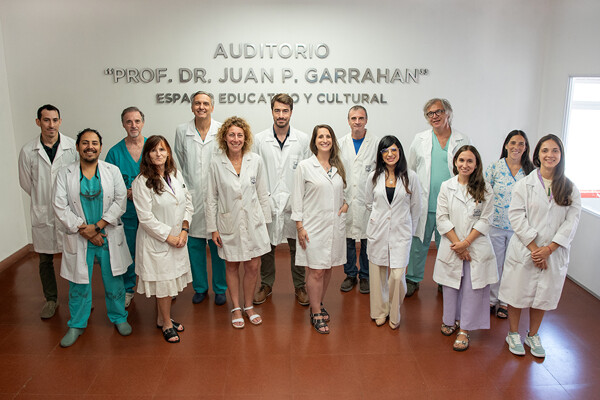
The incorporation of the Human Papillomavirus (HPV) vaccine into the National Vaccination Program in Argentina in 2011 marked a milestone in the prevention of diseases associated with the virus. This step has been crucial in the fight against sexually transmitted infections.
HPV is considered the most common sexually transmitted infection, affecting four out of five people at some point in their lives. Every March 4th, the International HPV Awareness Day is commemorated, a date to reflect on the progress made and the challenges that still persist in preventing this virus.
There are more than 100 identified types of HPV, of which about 40 affect the genital and/or anal area, dividing into categories of low and high oncogenic risk. Despite its high prevalence, the topic of HPV remains surrounded by myths and misinformation, highlighting the importance of spreading accurate information so more people can take active steps in their health and prevention.
HPV, linked to 99% of cervical cancer cases, can also cause other types of cancer in men and women, such as anal, vaginal, penile, and oropharyngeal cancers. In Latin America, it is noted that HPV genotype 16 is the most prevalent in cervical lesions and cervical cancer.
In Argentina, cervical cancer is the third most common among women and the fourth cause of cancer mortality in young women. Each year, around 4,600 new cases of cervical cancer are diagnosed in the country, and more than 2,200 people die from this disease.
For the prevention of HPV and its consequences, there are two approaches: primary prevention through comprehensive sexual education and vaccination, and secondary prevention by conducting routine medical check-ups such as Pap tests and HPV tests for early diagnosis and timely treatment of lesions.
It is essential to spread clear and precise information about HPV transmission and prevention. Comprehensive sexual education plays a crucial role in primary prevention, and vaccination is an effective tool to reduce the incidence of infections. Individual responsibility and commitment to health are fundamental to protecting oneself and others.














